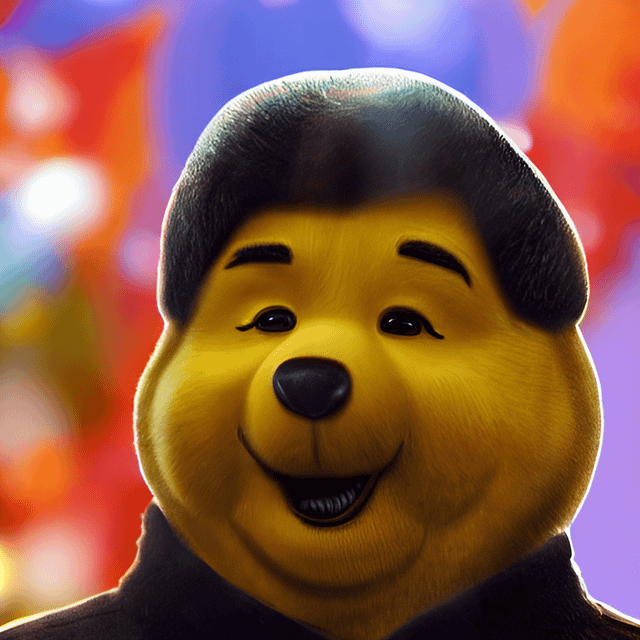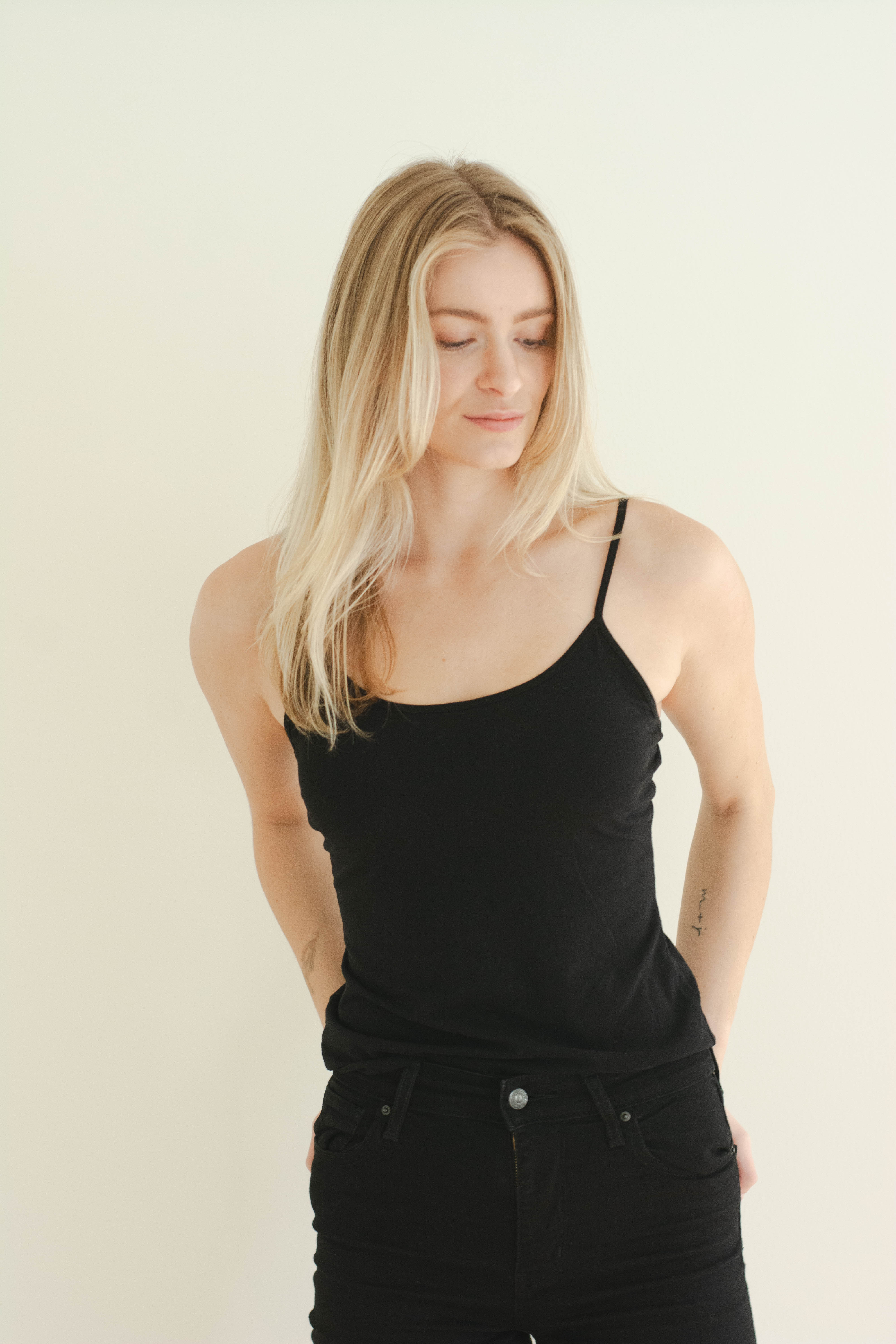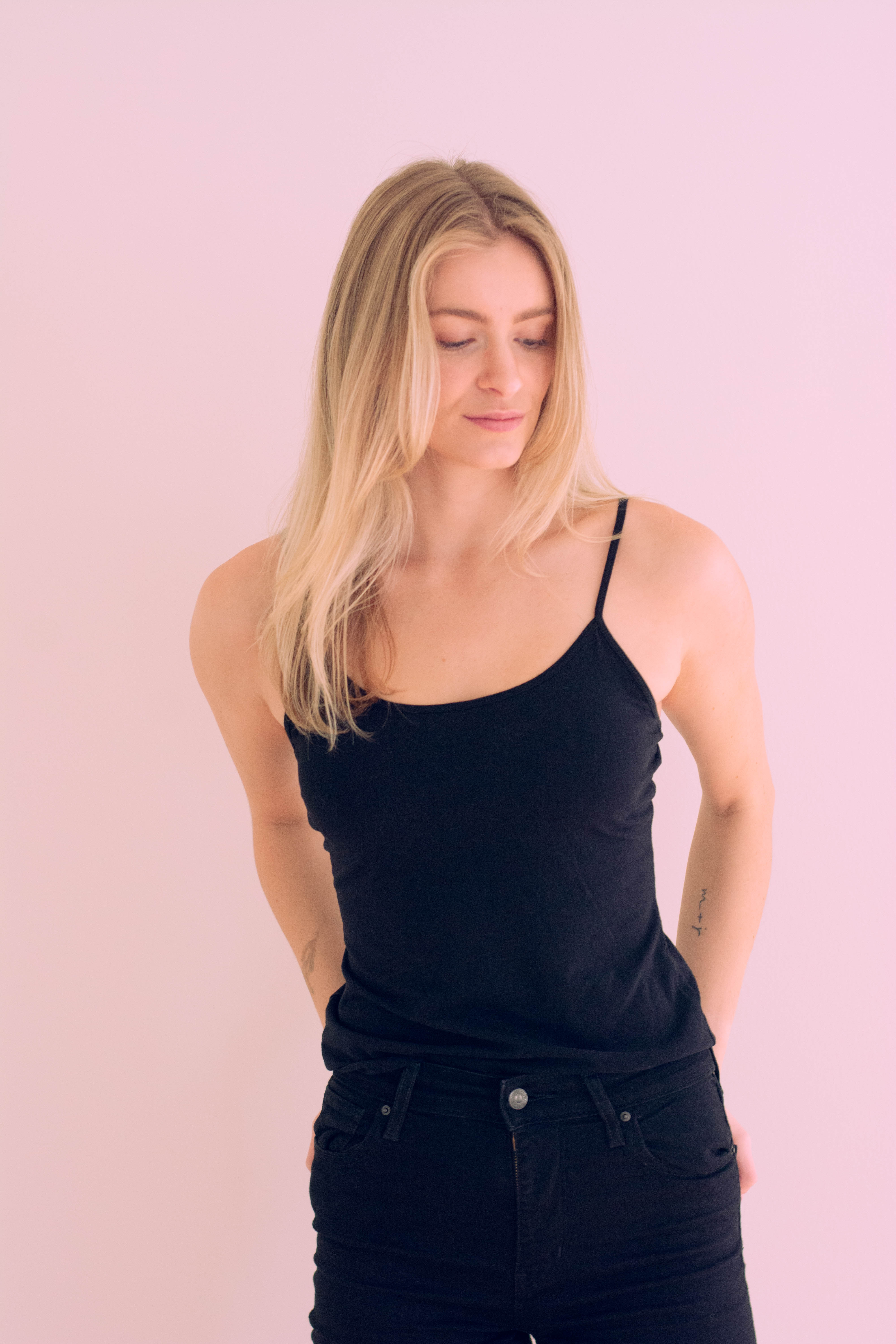

I’m not sure I understand your argument. Are you saying that because AI can blend together the works of hundreds and create something unique, that it is bad?
China #1
Best friends with the mods at c/worldnews@lemmy.ml


I’m not sure I understand your argument. Are you saying that because AI can blend together the works of hundreds and create something unique, that it is bad?


You’ve got nothing.
That’s a matter of perspective.


Firstly, I agree with most of what you’ve said. However…
Problems arise when the AI is based on someone else’s work and you claim the output as yours. Could you have painted the image exactly the same way?
Is there anything in the world that isn’t a derivative of something else? Can you claim to have a thought that isn’t influenced by something you’ve heard, read, seen? Feeding art to AI is no different than a student walking a gallery and learning the styles of the masters. Is the AI better at it? Sure. But it’s still doing the same thing. If someone with eidetic memory paints like Picasso, are they not an artist?
To really drive home the point, if I have a friend that is an artist, like, a really good artist, and I ask them to paint something for me, say, a field with wildflowers in the snow, and they come back with something that looks just like Landscape With Snow by Van Gogh, does that mean my friend isn’t an artist? If I ask AI for that, and they come back with something like what my friend painted, how is it any different? We call them “learning” models, but we refuse to believe that they “learn”. Instead we call it “theft”.


That douche punched a sentence into a computer
The jokes write themselves, folks.


If you left a wet brush on a piece of paper and came back the next day to find the wind had blown it across the paper leaving a paint streak, that paint streak could not be copyrighted. You fully relinquished control of the brush to the wind.
I wouldn’t claim to have created that. I didn’t exert my intent. However, if my intent were to show the art of the natural world by allowing the wind to paint on a canvas, that would qualify as art, and could be copyrighted.
Arguably the same is true of the wind. So to claim copyright, you cannot relinquish control to an inanimate object. Not to the wind, not to an AI.
You can, if it is your intent. I just finished arguing this point on another part of this thread, but Jackson Pollock and Damien Hirst are two examples of this. They both relinquish their tools to “randomness” and have had their works copyrighted. Control doesn’t matter. Intent matters.


Well, it’s been great chatting. Have a good one.


You directly control every pixel on your paintbrush, whether you want to or not. Who else controls it?
I meant a physical paintbrush, not a digital one. A physical one is effected by many outside forces I have no control over. As far as a digital brush, you are correct, I can control exactly where it goes. If we are going to argue the merits of digital and analogue art and whether one has more value than the other, I think I’ll bow out, because even I’m not brave enough to find a soapbox to stand on in that one.
In contrast, you have some control over MidJourney output, but not direct control. Something could appear in the output that you did not cause.
But that would be controlled by something, likely something that has been programmed into it. In dealing with computers, the concept of “random” isn’t real. Everything is deterministic. Whether I am the one that forced the output, or it was something that was programmed, it is not the intent of the program, because the program has no intent.


Movies aren’t made solely by the director, but certain requirements must be met before one can claim copyright. Minimal input is not sufficient, there must be some direct control over an element of the output, whether that’s the cinematography, writing, or soundtrack. Hundreds of people may offer their input but not share copyright.
Right, and hundreds of people may have programmed the LLM, but they don’t get credit for the art.
It’s true that inanimate objects can’t claim copyright but that does not remove the requirement for direct control. If no human has direct control then the rights revert to public domain, for example no human has direct control of a sunset so a sunset cannot be copyrighted.
A human does have direct control, though. I control the keywords. I control the random seed if I don’t want it to be random. In the case of MidJourney, I can prompt with an image to control the character, style, and over-all image composition. I have a lot of control over what comes out. Just because I don’t control exactly where each pixel goes doesn’t mean my intent isn’t exerted over the final piece, just like I can’t control every bristle on a paintbrush.


Damien Hirst and Jackson Pollock would like to have a word with you.


That’s an art installation which you can copyright. The resulting artwork on the canvas can’t be.
Do you have anything to back that up?


Then that musician becomes the composer who can copyright the sheet music. The one who plays the chords becomes the performing artist and can copyright the performance.
That is if they actually composed the music. In the case of someone saying I want a song that is ABAG, and they ask that it be written down because they cannot write it down themselves, the person who writes down ABAG isn’t the composer, they are an extension of the pen that writes the note–they have become a tool.
The LLM is the “artist” as it produces the image. And you can’t claim copyright for someone else.
The LLM gives you what you ask for based on a random seed and keywords in your prompt. It has no will of it’s own. It cannot exert its will over the image. It simply outputs. As I’ve said in another part of this thread, if I tie a bucket of paint with hole to a rope and sling the bucket of paint over a canvas, does the bucket of paint get credit for being the artist? Does the rope? No. They had no will. Even though my input was minimal, and the results most assuredly random, I am still the artist by all accounts, and as such may copyright my random sprays of paint should I deem them worthy. My intent has created the art–my desire. The machine cannot create because it cannot exert its will. It simply does what it is asked and outputs.


then the photographer, photographer’s assistant, agent, employer, and employer’s ex-wife will all sue each other over ownership.
I mean, that’s any artistic industry, really. Movies aren’t solely made by the director, music isn’t solely made by the singer. Sometimes those people can be the sole creator of the art, but when they aren’t, credit is shared.
In the music industry, you need to actually perform a piece to claim performance credit or specify the verses of a song that you personally wrote to claim writing credit.
Agreed, in which case you would get performance credit and everyone else will get credit for what their contributed. No one gives credit to the microphone cord, though. No one is crediting the studio lights. They aren’t sentient. Their intent isn’t exerted over the art.


I actually covered this exact point:
If they take suggestion from someone else, like an employer, then a contract and shared creative ownership can be argued, but that is something between two sentient life forms.
When two sentient life forms collaborate to create art, then they share the ownership. When an employer tells me what photographs to take, they have a part in the creative process and have placed their intent into the work. Now, 99% of the time, when an employer asks for something, and I do the work, they don’t take the credit for it. They defer to me and understand that my knowledge has given their idea form, and because of my intent, their intent has been realised. However, there can be arguments made for shared ownership if they have given me input as to what they want. I’ll even praise someone who has done some research beforehand and said something like, “When I was here last week, at 4pm, the sun shone through here beautifully, and we’d like to get some photos with that.” That is a shared creative experience, and the intent of both parties creates the art, and so both parties have some ownership. You can also look at this through the lens of the music industry, where a performer may not write their own songs, and both the artist and the songwriter share credit for the song (though usually not equally).
Now, when I give instructions to an AI on what art I would like to see, that AI has no input in the process, it simply pulls from its dataset and applies a randomly generated seed to create the image. It exerts no will of its own, and so no intent of its own is wielded over the art, as it has neither. It is no more willful than the grain of the pencil lead.


It depends on who is creating the art. If I simply go where I am told, take exactly the pictures that I am told to take, and then hand them over to the employer, I am little more than a tripod that can work a shutter. I’m not the one with the intent, my employer is, and in that case I would be the tool (and my exes agree). In that case, my employer has effectively made the art, I have had no input in the process, and am for all intents and purposes no different than the AI. However, when I start to force my will upon the photographs, when I stage the lighting and set everything the way that I wish, then I am the one with intent, and I have created the art, and the camera is the only tool in the bag. That is how the art shifts; with the intent. Every pencil’s lead will have a grain specific to it, like a fingerprint, however, that pencil has no control over the art that it creates. It is a tool. If the AI, the pencil, or the photographer start to exert their own will over the art, then it becomes their own. If they take suggestion from someone else, like an employer, then a contract and shared creative ownership can be argued, but that is something between two sentient life forms. A tool cannot own the art. I do not credit my camera for the shots I take.


The difference is I am the one with the intent in both scenarios, and the employer and AI aren’t. In both cases, I control the art through my intentions. At the wedding, I have my own intent when I take a photo. That intent is the same intent that I have when I create generative art. I control the app like I would the camera. If I don’t like a shot, I throw it away and try again. The AI is the tool, much like my camera. When I take a photo, just because my camera has more knobs and buttons than the web-app I make generative art with, doesn’t make it any more real than the generative art. A tool is a tool, and art is art. If the web-app becomes sentient, and starts to prompt itself for art and pay for the server time with my credit hours, then we can have a talk about intent and ownership again :)


You are conflating intent and ownership. If I shoot a wedding, I have intent for every picture (this is a fucking lie, weddings are boring, even though everyone thinks theirs is unique, I space out until the ceremony, regardless of how adorable your niece is as the flower girl). I am creating that art with intent. Whether I own it or not is per contract, and if I’m shooting a wedding, then I don’t own the pictures because the contract I have with the wedding party states their complete ownership of the images after I take them. In that way, I have created art with intent, and should I desire to copyright it, then I would have to make an adjustment to the contract, though I do have a clause that with permission I will retain some photographs for advertisement, but they must be cleared with the wedding party.


No, I’m arguing counter to your point about “control” being the lynchpin to copyrighting art. Control has nothing to do with it. What makes art is intent. I can throw paint at a wall all day, but if I’m only doing it because I don’t like the wall, then it isn’t art (though I accept that someone else may see it as art, but that’s a different story…). When I have intent–when I throw the paint with a purpose to create something that is a reflection of some idea I have–then it becomes art. The same goes for AI generated art. I can type words into Midjourney and pictures come out. These pictures can be “artistic” but they are meaningless if there was no intent behind them. I, like the artist attempting to copyright their AI art, have created AI art with intent and purpose. We have created something of our own will as a reflection of an idea. How much control we have over the product is unimportant, what is important is that the final piece is a representation of our desire to convey something to you in a visual medium.


Ok, but can you know how every bristle of a paintbrush will flow over a canvas? Can I know every hair on the head of the model and how they will be in the finished photo? Control is relative, and cannot be used as a measurement of art.
When someone throws paint at a canvas, is it still able to be copyrighted by them? They had no control over the paint as it landed, all they did was throw it. What if they didn’t even throw it? What if it were attached to a line and swung over the canvas? What if money-green paint were launched from a gun? Now the art becomes the message of the piece instead of the medium. Is it still copyrightable?





Ok, lets do it with some of my actual work, then. One of these is the original photo I took, another is black and white, and the other has had some color added. When I took the original photo, I controlled everything about it. However, the edits were done in lightroom, where I asked the computer to change the color and to desaturate. I didn’t go in, pixel by pixel, and change things. I didn’t shoot on different film. I used a tool. Do I still own those photos? It seems like we are struggling over what is and isn’t a tool, and whether tool assisted art is still art.
Yeah, but imagine owning something.